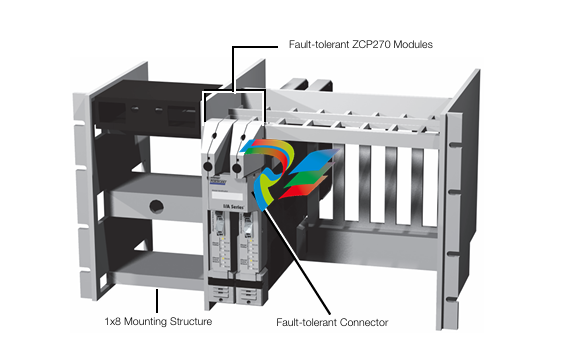
DOE Confirms Fusion Energy Milestone at California Lab
“The fact that we were able to get more energy out than we put in provides an existence proof that this is possible,” said Mark Herrmann, program director for weapons physics and design at the Livermore lab. “It can be built on and improved upon and made better and could potentially be a source of energy in the future.”
Many Steps Needed
Successfully producing net energy, though, is just one of many steps needed to deliver the promise of fusion. The energy produced by fusion would need to be harvested, and then transferred to the power grid as electricity. Many scientists, even after Tuesday’s announcement, still say it will take years (some say decades) before fusion would be able to produce unlimited amounts of clean energy.
Tony Roulstone, a nuclear engineer at Cambridge University in the UK, told NPR (National Public Radio) that unless more significant progress is made, fusion would be unlikely to have a major role in power generation for another 40 to 50 years.
“I think the science is great,” said Roulstone, who has done an economic analysis of fusion power. “We don’t really know what the power plant would look like.”
Irina Tsukerman, a geopolitical analyst and president of Scarab Rising, a New York-based advisory company, told POWER that “fusion research needs better PR [public relations]. It is extremely underrated. So far, most of the energy-related focus has been on climate-related applications, such as carbon emission reduction. There is not a wide commercial awareness of potential fusion applications … so there is no significant private sector incentive to devote resources to that type of research, when the overall social push lies with other types of energy.”
Tsukerman said “stereotypes related to nuclear energy research in general” also have been a limiting factor for investment in fusion research. “If fusion is seen as ‘sexy’, safe, and spreading, it will take off just as anything that is seen as trendy and exciting has done up until now.” She continued: “There is also a great need for non-government actors to fund this space and to diversify the research in general.”
Global Research
There are several fusion projects ongoing in the U.S., as well as the UK and Europe. France is home to the International Thermonuclear Experimental Reactor, or ITER, a program in which 35 countries are collaborating. Those countries include the U.S., China, the European Union, Russia, South Korea, Japan, and India.
Much of the work in the U.S. is happening at the NIF at Lawrence Livermore, in a massive, 10-story-tall building the size of three U.S. football fields. The NIF opened in 2009, but many officials questioned the billions of dollars being poured into the project, which is researching what’s called “thermonuclear inertial fusion.” Scientists fire pellets containing hydrogen fuel (with two isotopes of hydrogen) into an array of 192 lasers, which essentially creates a series of very fast, repeated explosions at a rate of 50 times per second. The energy collected from the resulting neutrons and alpha particles is extracted as heat, as the isotopes of hydrogen fuse together and release massive amounts of energy.
“Unlike coal, you only need a small amount of hydrogen, and it is the most abundant thing found in the universe,” said Friedmann in his comments to CNN. “Hydrogen is found in water so the stuff that generates this energy is wildly unlimited and it is clean.”
In August 2021, physicists at Lawrence Livermore were able to “ignite” the hydrogen inside the capsule, which created a self-sustaining burn. Riccardo Betti, the chief scientist of the laboratory for laser energetics at the University of Rochester in New York, told NPR that the process is analogous to lighting gasoline. “You start with a little spark, and then the spark gets bigger and bigger and bigger, and then the burn propagates through.”
Researchers with the ITER project, and scientists in the UK, are working with tokamaks, large circular machines outfitted with giant magnets, to produce the same result as their U.S. counterparts. The tokamak confines plasma using magnetic fields in a donut shape that scientists call a torus. After fuel is put into a tokamak, its magnets are turned on. The temperatures inside are raised exponentially to create plasma. The plasma must reach at least 150 million degrees Celsius, which is 10 times hotter than the core of the sun. The neutrons then escape the plasma, hitting a so-called “blanket” lining the walls of the tokamak, and transferring their kinetic energy as heat.



.jpg)
















































.jpg)
.jpg)





.jpg)



.png)
.jpg)

.jpg)
_lVjBYb.jpg)

.jpg)
.jpg)



.jpg)
.jpg)







.jpg)

.jpg)
.jpg)











.jpg)




.jpg)
.jpg)
.jpg)
.jpg)
.jpg)
.jpg)

.jpg)

.jpg)
.jpg)
.jpg)








